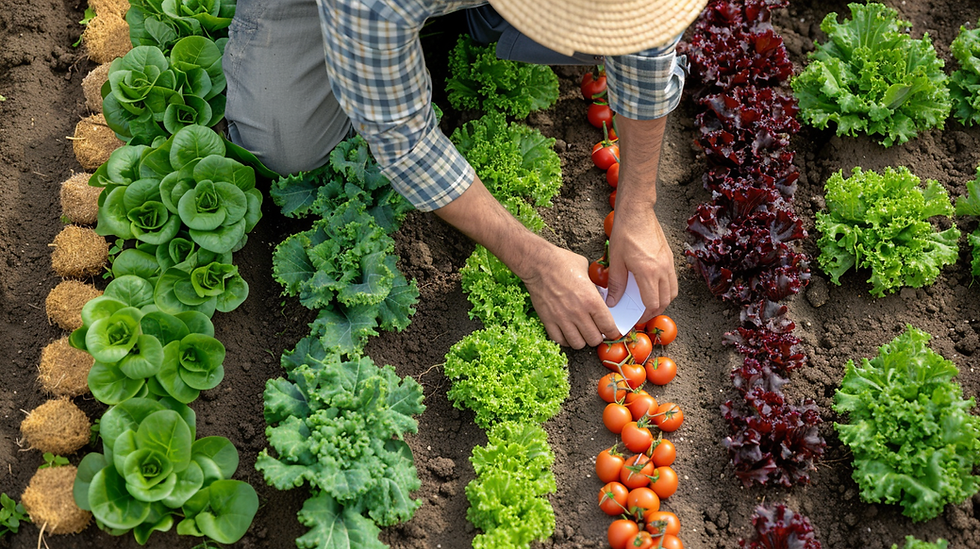Veins of Fire
- Michael Boyens
- Mar 19, 2024
- 2 min read
Fountains of fire.
Forests of fire.
Ashes to ashes.
Dust to dust.
Sprinkles of fire.
Seeds of fire.
Fountains of fire.
I’m just getting fired up.
A clean burn. Without residue. Without Ashes. Without loss. More than what was not less than what appears before you. The bush plus fire, not a tree of ashes.
Threads of fire.
Rivers of fire
Nets of fire.
I’m weaving threads of fire.
Yet my fire brings life not death. It is all consuming but does not consume.
>Exodus 3:2-4
The Angel of the Lord appeared to him in a flame of fire out of the midst of a bush; and he looked, and behold, the bush burned with fire, yet was not consumed.
And Moses said, I will now turn aside and see this great sight, why the bush is not burned.
And when the Lord saw that he turned aside to see, God called to him out of the midst of the bush and said, Moses, Moses! And he said, Here am I.
Bringing life to the ashes.
Bringing life to that which was dead.
Reforming.
Forming again.
Bringing together again.
Threads of fire.
Nets of fire.
Blankets of fire.
Fiery growth.
Fiery growth.
Accelerated growth.
Seeds of growth.
A harvest of fire.
For my fire shall flow through this land.
Like honey for some, refreshing and sweet to the taste. Bathing in rivers of honey.
Restoring ashes to beauty.
Paths of fire.
Stems of fire.
Flowing of the fire.
Penetrating far and wide.
Connecting that which is disconnected.
Bringing life to that which was dead.
Bringing light to the pits of darkness.
Sparks of fire.
Raining fire.
Reigning fire.
Seeds of fire.
Forests on fire.
Celebrations of fire.
Sparklers of fire.
Veins of fire. In the leaves of fire.
So you keep drawing me to the veins of fire in a black leafed plant, like your igniting the flow in these veins again.
Look it up.
In botany, veins are the intricate network found within leaves that serve multiple critical functions. They are primarily responsible for the transport of water, minerals, and nutrients throughout the leaf, which are vital for photosynthesis and plant growth. Veins also provide structural support to the leaf, helping it to maintain its shape.
The pattern of leaf venation can vary widely among different plant species and is often used as a characteristic for plant identification. There are several types of venation patterns:
Pinnate Venation: A central main vein called the midrib with smaller veins branching out from it.
Palmate Venation: Several main veins spread out from a single point.
Parallel Venation: Veins run parallel to each other along the length of the leaf.
In the Black Velvet Elephant Ear leaf, the veins stand out in contrast to the dark leaf tissue, which may be an adaptation to low-light environments, helping the plant capture as much light as possible. The structure of these veins, along with the leaf's color and texture, also adds to the aesthetic and horticultural value of the plant.
There is meaning in the pattern.
Handshakes of fire.
Invitations of fire.
Broken lenses of vision instantly healed with full clarity and understanding of that which is revealed unto them.
Like cleaning your glasses but broken cracks instantly healed. Clarity restored.








Comments